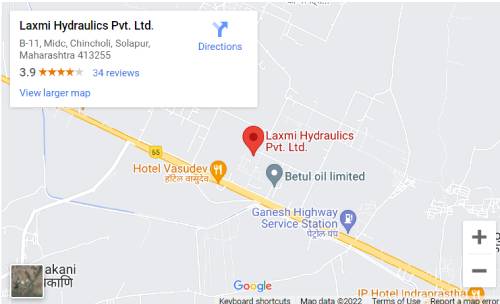Railway Auxiliary Motors
Introduction
Railways are being electrified because of simplicity in the construction, operation and maintenance of electric locomotives. Electric locomotives are also economical compared to diesel/ gas locomotives in term of running costs and maintenance costs. They reduce air and noise pollution. A traction motor is the most common form of electric motor used for the propulsion of railway engines. Many other types of motors are being used in electric locomotive apart from traction motor. These different types of motors are collectively known as the Auxiliary Motors. All the motors are of AC, 3-phase and squirrel cage induction type that are robust and require negligible maintenance. LHP has been supplying auxiliary motors to the Railways for over 20 years and is recognised as a quality manufacturer of electric motors. Typical applications where our motors are being used, include:
- Transformer oil circulating pumps
- Transformer oil cooling radiator blowers
- Rectifier cooling blowers
- Air compressors
- Vacuum pumps
- Dynamic braking resistance cooling blowers
- Main starting resistance cooling blowers
Specifications
| Range | Up to 500 kW |
| Synchronous RPM | 3000, 1500, 1000, 750 |
| Mounting | Foot (B-3), Flange (B-5) Face (B-14), Pad (B-30) and combinations |
| Frame | Up to 355 |
| Protection | IP55 as standard IP56, IP57, IP66, IP67 as optional |
| Insulation | F Class |
| Voltage | Standard: 415 V Optional: 110 V to 690 V |
| Frequency | 50/60 Hz |
| Duty | S1 |

- Blowers
- Breaking resistor unit
- Cab AC
- Compressors
- Machine room blower
- Oil cooling unit
- Roof-mounted
- power unit
- Roof-mounted
- ventilation unit
- Scavange blower
- TM blower

